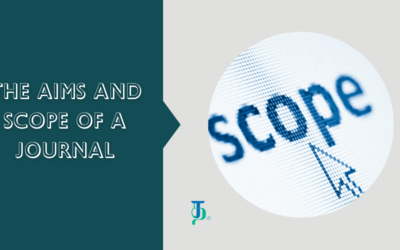The issue of predatory journals and low-quality publications, often called “gray publications,” is a significant concern in the academic and research community. While predatory journals are a well-recognized problem, gray publications can be even more insidious in some ways.
Gray publications often mimic legitimate academic journals in appearance, making it more difficult for researchers to distinguish them from reputable outlets. They may claim to follow certain standards or be indexed in well-known databases, creating a false sense of credibility. While researchers already face the challenging task of identifying the right journal for their publications, gray publications make it more challenging for the proliferation of good-quality research as they pose themselves as legitimate.
The characteristic of gray publications is that anything gets published. Proliferation of low-quality and potentially unreliable research in the scholarly record makes it difficult for researchers to find reliable sources when conducting literature reviews or building on existing knowledge, leading to more poor research and generating a downward spiral of quality publications. Thus, gray publications can erode trust in the scientific publishing process.
Researchers may be misled into publishing in gray publications, negatively affecting their careers. For instance, if a researcher lists publications in questionable journals on their CV, it may raise doubts about the quality of their work, potentially impacting future job opportunities or funding prospects.
Researchers and institutions may waste valuable time, effort, and resources on publishing in or interacting with gray publications, which do not contribute meaningfully to advancing knowledge.
If low-quality research is published in gray publications and subsequently used to inform decisions in fields like healthcare or policy, it can potentially have real-world consequences for individuals and society.
Gray publications can pose challenges for indexing bodies and databases that aim to maintain high standards for the inclusion of journals. Some gray publications may manage to meet minimum criteria for inclusion, leading to a potential dilution of the quality of indexed journals.
Therefore, researchers need to be vigilant and critically evaluate the journals they choose to submit their work to. They should consider factors such as the reputation of the journal, the rigor of the peer-review process, and the overall quality of the published articles. Additionally, academic institutions and funding bodies play a crucial role in educating researchers about the risks associated with gray publications and in supporting initiatives to combat this problem.




